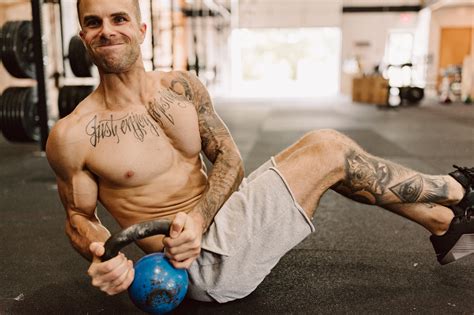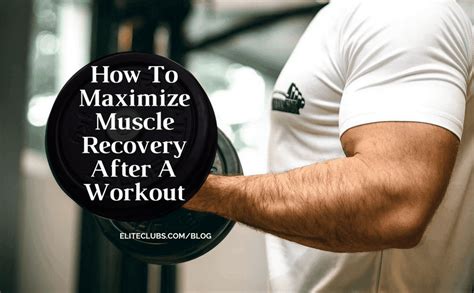Beyond aesthetics, how can men optimize training for peak performance?

Shifting Focus: From Looks to Longevity and Capability
For many men, the gym floor often represents a quest for bigger biceps, a sculpted chest, or a six-pack. While aesthetic goals are valid, true peak performance extends far beyond what meets the eye. Optimizing training for performance means building a body that is not only strong but also powerful, resilient, agile, and enduring – capable of handling life’s physical demands with ease and excelling in sport or everyday activities.
This paradigm shift involves a more holistic, science-backed approach to training, moving beyond isolation exercises to embrace functional movements, intelligent programming, and a deep understanding of recovery and nutrition. Let’s delve into how men can elevate their training to unlock true peak physical potential.

The Pillars of Performance: Strength, Power, and Endurance
Functional Strength: More Than Just Lifting Heavy
True strength is measured not just by how much you can lift, but how effectively you can apply that strength in dynamic, real-world situations. Functional strength training emphasizes multi-joint movements that mimic natural human movements – pushing, pulling, squatting, hinging, carrying, and rotating. Think deadlifts, squats, overhead presses, rows, and carries. These exercises engage multiple muscle groups simultaneously, improve coordination, and build a robust foundation for all physical activities.
Developing Explosive Power and Speed
Power is the ability to exert maximum force in the shortest amount of time. It’s crucial for everything from jumping and sprinting to throwing and quickly changing direction. Incorporate plyometrics (box jumps, broad jumps), Olympic lifts (cleans, snatches), kettlebell swings, and medicine ball throws into your routine. These movements train fast-twitch muscle fibers, enhancing your ability to generate force rapidly and efficiently.

Building Cardiovascular Stamina and Resilience
A high-performing body needs an efficient engine. Cardiovascular fitness is not just for runners; it supports recovery, improves work capacity during strength training, and reduces the risk of chronic diseases. Integrate a variety of cardio types: high-intensity interval training (HIIT) for anaerobic capacity and fat loss, and steady-state cardio for aerobic base and endurance. Don’t neglect Zone 2 training, which builds mitochondrial density and improves metabolic flexibility, forming a crucial foundation for sustained performance.
Holistic Optimization: Mobility, Recovery, and Nutrition
Enhancing Mobility and Flexibility
Strength without mobility is a recipe for injury. Optimal movement patterns require adequate range of motion and joint stability. Incorporate dynamic warm-ups, static stretching (post-workout), foam rolling, and dedicated mobility drills (e.g., yoga, Pilates, or specific mobility circuits) into your routine. Focus on key areas like hips, shoulders, and thoracic spine to improve posture and prevent movement restrictions.

The Crucial Role of Recovery
Muscles don’t grow in the gym; they grow and adapt during recovery. Prioritizing sleep (7-9 hours per night), active recovery (light cardio, stretching), stress management, and proper hydration are non-negotiable for peak performance. Overtraining can lead to plateaus, injury, and burnout, making intelligent recovery just as important as the training itself.
Fueling for Performance: Beyond Just Protein
Nutrition is the bedrock of performance. While protein is vital for muscle repair and growth, don’t overlook complex carbohydrates for energy and healthy fats for hormone production and overall health. Focus on whole, unprocessed foods. Tailor your caloric and macronutrient intake to your training volume and specific goals. Hydration is equally critical; aim for consistent water intake throughout the day, especially around workouts.

Strategic Implementation and Mental Fortitude
Smart Program Design and Periodization
Random workouts yield random results. A well-structured training program incorporates progressive overload, meaning you continually challenge your body as it adapts. Periodization involves strategically varying training intensity, volume, and exercise selection over time to optimize adaptations and prevent plateaus or overtraining. Work with a qualified coach or educate yourself on programming principles to create a plan that aligns with your performance goals.
The Mental Edge: Consistency and Resilience
Physical performance is deeply intertwined with mental strength. Cultivate discipline, consistency, and a growth mindset. Understand that setbacks are part of the journey and resilience is key. Visualizing success, setting clear process goals, and celebrating small victories can keep you motivated and focused on the long-term objective of peak performance.

Conclusion: A Lifelong Pursuit of Excellence
Optimizing training for peak performance is a continuous journey, not a destination. It requires a commitment to understanding your body, prioritizing functional movement, embracing comprehensive recovery, and fueling wisely. By shifting your focus beyond mere aesthetics to cultivating a body that is truly capable, resilient, and high-performing, you’ll not only achieve impressive physical feats but also enhance your overall quality of life and longevity. This holistic approach empowers men to unlock their full athletic potential and sustain it for years to come.








